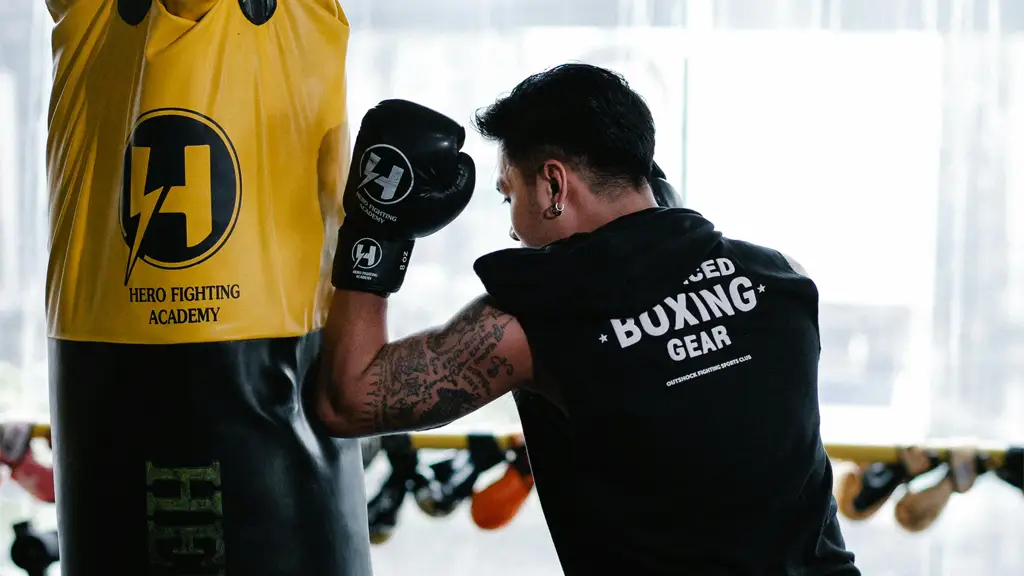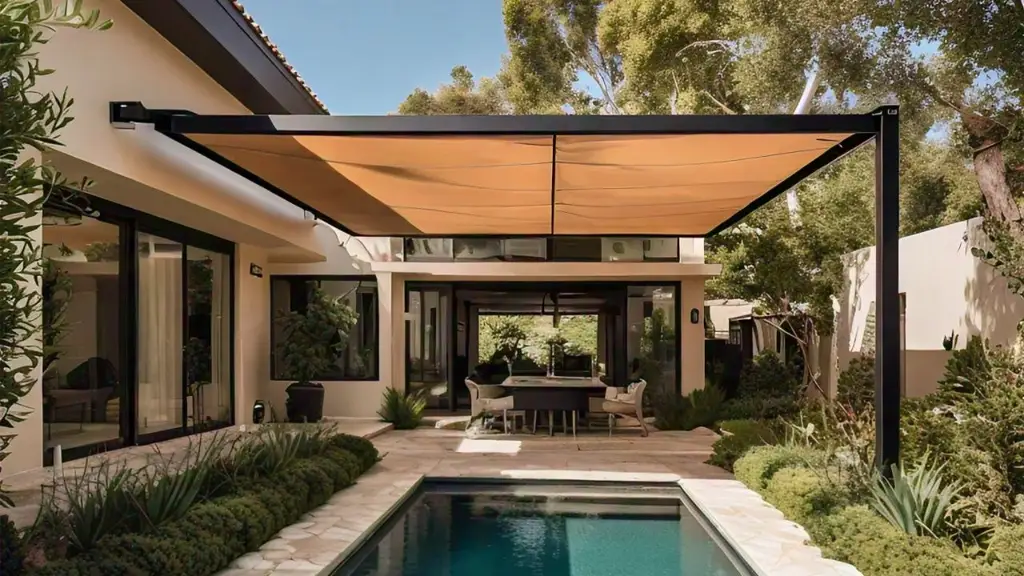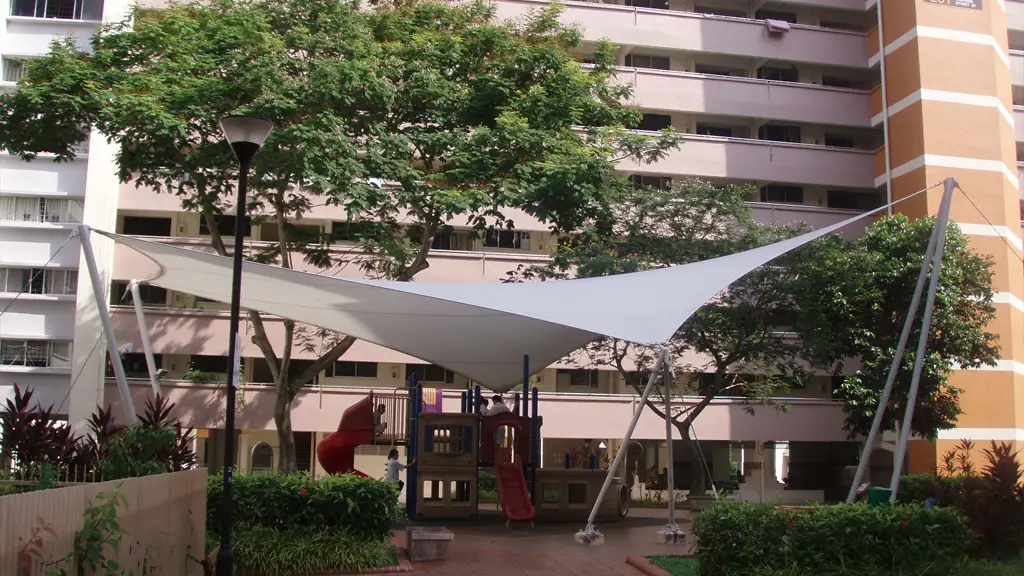
You’ve probably walked under one without even realizing it, those sleek, flowing structures that provide shade at a shopping mall, shelter in a park, or cover at an airport drop-off. They’re not just eye-catching; they’re made from tensile fabric, and they’re quickly becoming a go-to solution for public and commercial spaces across Singapore and beyond.
But what makes these fabric canopies so popular? Let’s uncover 8 surprising benefits of fabric canopies that make them a smart (and stylish) choice for everyday spaces.
The Surprising Benefits of Fabric Canopies
1. They Keep You Cool, Without Blocking the Light
Unlike metal or concrete roofs that trap heat, fabric canopies are made with special materials that reflect sunlight and allow airflow, helping reduce the temperature underneath. Even better, many are translucent, letting in soft natural light while keeping harmful UV rays out.
Shade offers a crucial respite from scorching temperatures, playing a vital role in regulating body temperature. By providing a cool and sheltered environment, shade enables individuals to maintain a comfortable body temperature, enhancing overall well-being and preventing heat-related illnesses. UV radiation is a major risk factor for developing skin cancer, including melanoma, the deadliest type. By minimizing your time in direct sunlight, the chance of developing these potentially life-threatening cancers is lower.
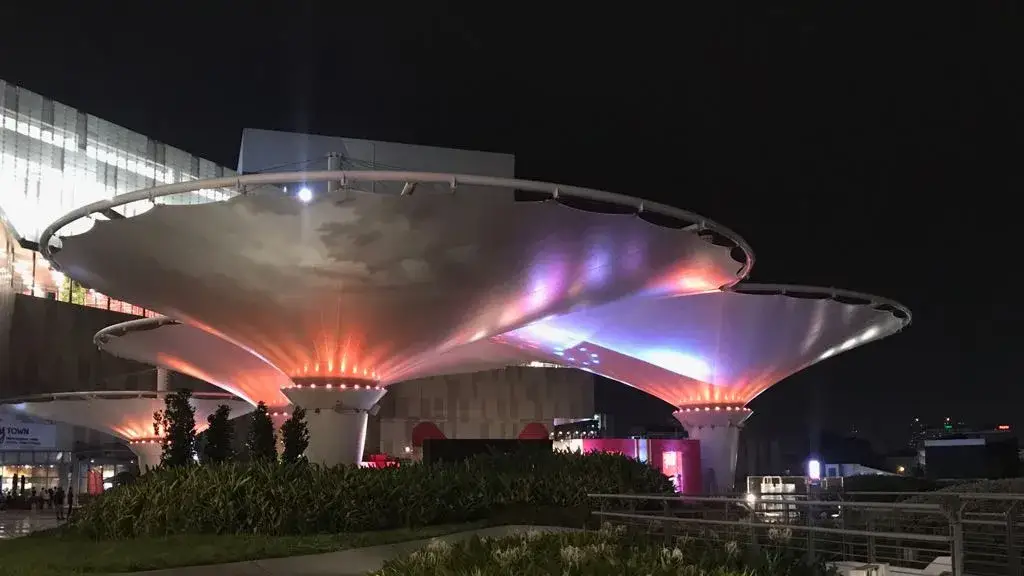
2. They Make Public Spaces Look Beautiful
Let’s face it: not all shelters are created equal. Fabric canopies can be shaped into curves, sails, or waves, creating architectural designs that are both functional and visually stunning.
Why it matters:
From the iconic white canopy at the Suntec City rooftop to eye-catching airport drop-off zones, these structures add a touch of elegance to everyday spaces and make public areas more enjoyable to visit.
3. They’re Built to Handle Singapore’s Crazy Weather
Think fabric can’t handle heavy rain and strong winds? Think again. Modern canopy fabrics like PTFE and PVC-coated polyester are engineered to withstand tropical storms, humidity, and intense sun all while needing very little maintenance.
Why it matters:
You get durable, year-round protection without ugly rusting metal roofs or constant repairs.
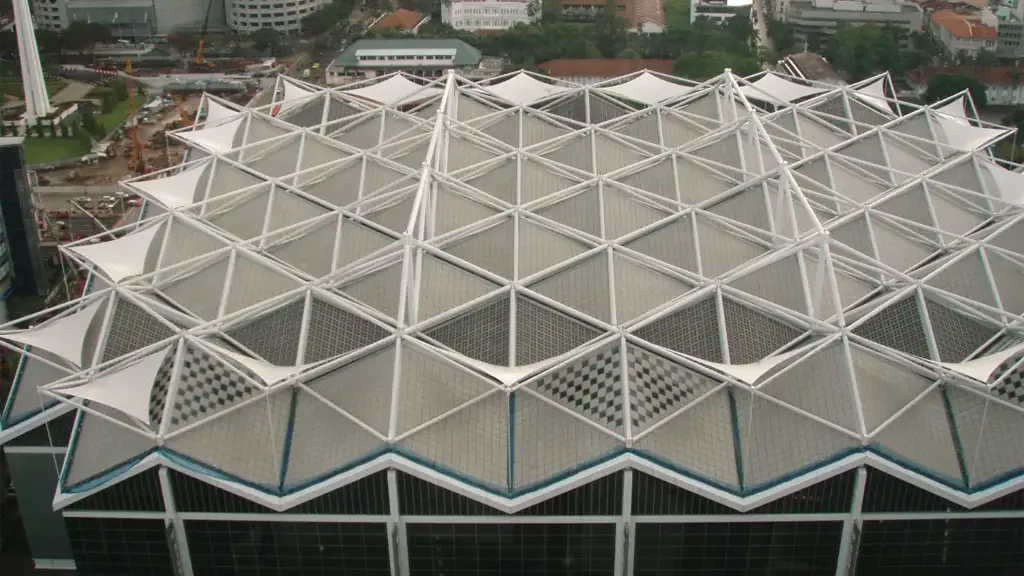
4. They Make Public Spaces Safer and More Accessible
In busy public places like malls and airports, fabric canopies help guide foot traffic, protect people from slipping during rain, and create accessible entry points for everyone including seniors, children, and those with disabilities.
Why it matters:
They do more than look good, they improve how people move through and use public spaces.
5. They’re Eco-Friendly (Yes, Really)
Fabric canopies are lighter, use fewer materials, and are faster to install compared to traditional structures. Some fabrics even help buildings earn green certifications by reducing the need for artificial lighting and lowering energy use.
Why it matters:
Better for the planet, better for the community and they still look amazing.
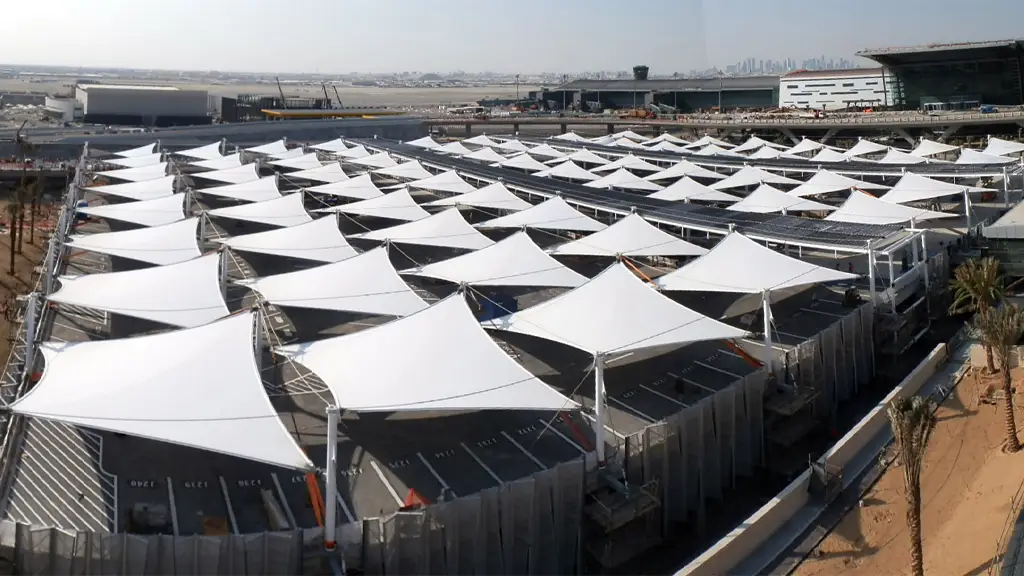
Sail Canopy: Innovative Tensile Fabric Structures for Iconic Architectural Spaces
In a world where architecture is expected to be both functional and visually striking, Sail Canopy stands at the forefront of innovation in tensile fabric structures. With a reputation for excellence, Sail Canopy transforms open spaces into architectural landmarks, merging engineering precision with artistic design.
Sail Canopy specializes in the design, fabrication, and installation of custom tensile structures. From shading rooftops to enhancing commercial and civic spaces, every project is a blend of lightweight engineering and bold architectural vision. With comprehensive in-house capabilities, from conceptual design to installation, Sail Canopy ensures exceptional execution and lasting quality, even for the most complex sites.
Who They Work With
Sail Canopy collaborates with a wide spectrum of clients, offering tailored tensile solutions that meet sector-specific demands:
Commercial and Retail Developers
Sail Canopy works with property developers and owners to elevate commercial areas through aesthetically refined and highly functional canopy structures. These installations enhance customer experience and add architectural value to retail environments.
Hospitality and Leisure Industry
Hotels, resorts, and leisure venues rely on Sail Canopy to deliver canopies that provide both comfort and elegance. These structures contribute to ambiance and usability in entrances, lounges, and outdoor spaces.
Healthcare Facilities
Hospitals and clinics benefit from Sail Canopy’s protective and welcoming canopy solutions, which improve the comfort and accessibility of healthcare environments for both patients and visitors.
Educational Institutions
Schools and universities partner with Sail Canopy to add shaded walkways, recreational zones, and assembly areas that improve the usability and appeal of campus grounds.
Architects and Design Consultants
Design professionals engage Sail Canopy for its ability to realize creative tensile concepts with structural precision. The company’s collaborative approach ensures that ambitious designs are brought to life faithfully.
Government and Public Sector
Sail Canopy undertakes public infrastructure projects for government agencies, contributing to the development of community spaces, transport hubs, and civic facilities with durable and visually engaging canopy solutions.
Transportation and Infrastructure
From airports to transit stations, Sail Canopy provides large-scale solutions that deliver shelter, functionality, and visual impact in high-traffic settings.
Featured Projects
Suntec City, Singapore
Sail Canopy was commissioned to enhance a key rooftop at Suntec City, delivering a tensile canopy that offers shade without compromising skyline views. The structure also improves weather resilience and visual appeal, hallmarks of Sail Canopy’s expertise in urban applications.
Doha International Airport, Qatar
At this major international hub, Sail Canopy installed expansive tensile membranes that complement the airport’s modern architecture. The structures provide protection from harsh desert conditions while meeting stringent safety standards, showcasing the company’s capability to manage high-profile infrastructure globally.
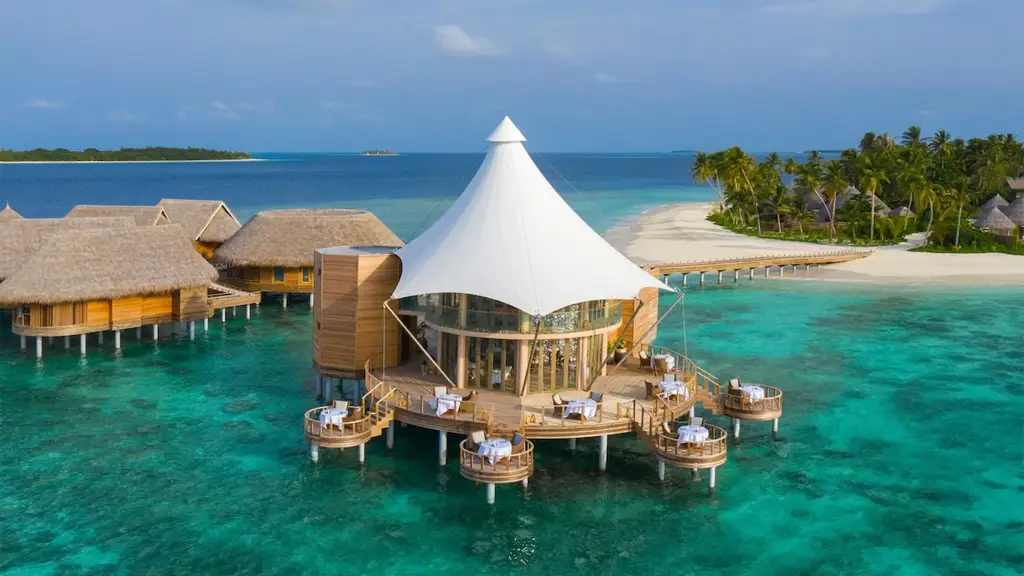
Why Tensile Architecture?
Tensile membrane structures offer a compelling alternative to conventional roofing systems such as steel, concrete, and glass. They combine visual elegance with technical performance, making them ideal for architectural applications that demand innovation and efficiency.
| Feature | Tensile Canopies | Traditional Roofs (Steel/Wood/Concrete) |
|---|---|---|
| Design Flexibility | High | Low |
| Weight | Extremely lightweight | Heavy |
| Daylighting | Excellent (translucent) | Low to Moderate |
| Installation Time | Fast, prefabricated | Slow, labor-intensive |
| Cost Efficiency | High (large span) | Lower |
| Maintenance | Low | Moderate to High |
| Sustainability | High | Varies |
Key Benefits of Tensile Canopies
1. Architectural Freedom
Tensile structures enable organic, freeform shapes unachievable with rigid materials. These eye-catching forms are especially suited for public landmarks, amphitheaters, airports, and rooftops.
2. Lightweight Strength
Using materials like PTFE-coated fiberglass and PVC polyester, tensile membranes deliver exceptional strength without the weight, requiring fewer supports and lowering structural costs.
3. Cost-Effective for Large Spans
Tension-based structures span vast areas efficiently, making them more affordable than steel or glass roofs for large-scale projects. At Doha Airport, Sail Canopy’s design minimized columns for improved traffic flow and aesthetics.
4. Enhanced Natural Light and Energy Savings
Translucent membranes allow diffused daylight while blocking harmful UV, reducing the need for artificial lighting and supporting green building standards.
5. Durability in Harsh Climates
High-performance fabrics resist UV radiation, extreme temperatures, rain, and wind, lasting 20 to 30 years with minimal upkeep.
6. Quick Installation
Prefabricated elements are assembled on-site quickly, minimizing disruption, a key advantage for operational environments like malls and transit centers.
7. Sustainable and Efficient
Tensile structures contribute to eco-friendly design by using recyclable materials, reducing energy usage, and lowering embodied carbon over their lifecycle.
Material Options
| Fabric Type | Key Features | Advantages | Common Uses | Lifespan |
|---|---|---|---|---|
| PVC-Coated Polyester | Flexible, economical | Flame- and UV-resistant | Canopies, awnings | 10–20 years |
| PTFE-Coated Fiberglass | Premium, ultra-durable | Self-cleaning, non-combustible | Stadiums, airports | 25–30+ years |
| Mesh Fabric (HDPE, PVC Mesh) | Lightweight, breathable | Wind-permeable, ideal for shading | Walkways, parks | 8–15 years |
A Future-Ready Solution for Modern Spaces
Tensile membrane systems meet the evolving needs of designers, developers, and city planners. Their ability to combine sustainability, elegance, and efficiency makes them a forward-looking choice for architectural projects of any scale.
Partnering for Iconic Results
Sail Canopy continues to push the boundaries of what tensile architecture can achieve. From boutique spaces to world-class infrastructure, each project is a testament to innovation, quality, and long-term value.
To explore Sail Canopy’s portfolio or schedule a consultation, visit www.sailcanopy.com.sg.

